Apamarg benefits dosage, side effects, and how to use?
What is Apamraga? Apamarga is an ayurvedic proprietary medicine. There are various apamarg benefits in Ayurveda. Mainly it is used for …

What is Apamraga?
Apamarga is an ayurvedic proprietary medicine. There are various apamarg benefits in Ayurveda. Mainly it is used for making Apamarga kshara and Apamarga beeja nasya. It is also known as Chir chira, Pratyakapushpi, etc. Ayurvedic Vedas and Samhitas have given a lot of importance to this herbal plant and mentioned apamarg benefits.
Apamarg benefits mentioned in Ayurveda
In Rigveda we do not find a reference to Apamarga while Yajurvedic texts quote its saktu (powder) for antimicrobial (Rakṣaghna) property. It is claimed to remove the excessive water from the body on administration. The other properties attributed to it are Papanasana, Mṛtyunasana, and Duhsvapanasana. The process of preparation of Apāmärga kṣāra is also delineated in the Vedas. Atharvaveda extensively quoted apamarga and according to the etymology provided by Sayana, this plant drives away the vitiated dosha from the body hence the name Apamarg.
Charaka considered apamarg benefits as among the best drugs used for Nasya/Sirovirechana. For this purpose the seeds which are famous as ‘Apimärga Tandula’ are used. Owing to their importance Charaka denoted a chapter as Apämargatanduliya” (C.S.Su. 2 Chapt.).This shows apamarg benefits and imporance in Ayurved.
What is the Morphology of Achyranthes aspera?
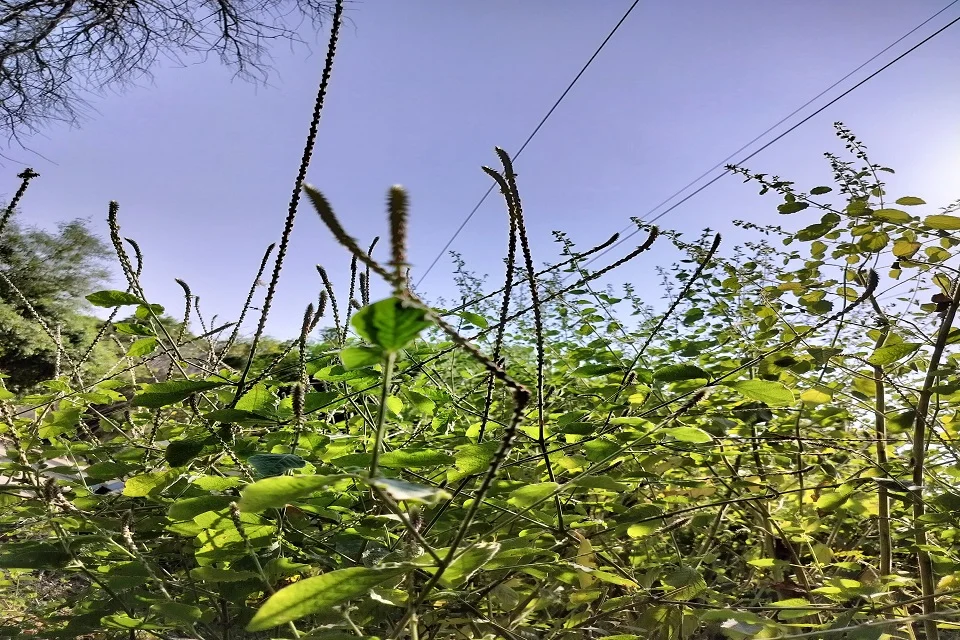
Latin name– Achyranthes aspera L. (Fam. Amaranthaceae)
Achyranthes aspera is a stiff, erect herb, ranging from 30 to 90 cm in height, exhibits spreading branches. Its leaves, measuring 3.8-12.7 cm by 5.1-7.6 cm, are arranged oppositely and covered in a velvety-tomentose texture. The bisexual flowers, in greenish-white hues, are organized in long spikes, reflecting an inverted arrangement, hence named Apămärga. This herb blooms during winter and yields fruits in summer. Widely distributed, it is a common weed across India.
Type of Apamarga
Two type of Apamarga is found All the Nighantu.
- Shveta Apamarga – Achyranthes aspera
- Rakta Apamarga – Puppalia lappaceae
Rakta Apamarga is more tikshna n guna while White apamarga is less tikshna.
However, Kaiyadeva mentioned three varieties
- Apamarga (white)
- Vašira (red)
- Rämatha (Toyapamarga, Blue?)
Synonyms of Apamarga
Mayuraka, Pratyakpuspa, Kharamanjari, Sikhari, Adhashalya
Classical Categorization of Apamarga in Samhita
- Charak:Shirovirechanopaga, Krimighna, Vamanopaga
- Sushruta:Arkadi
- Vaghbhatta:Arkadi
Other/Regional Language Names of Apamarga
- English: Prickly Chaff Flower
- Gujarati: Aghedo
- Hindi: Chirchita, Latjira
- Kannada: Uttarani
- Malayalam: Katalati
- Marathi: Aghada
- Punjabi: Puthakanda
- Tamil: Nayuruvi
- Telugu: Uttarenu
- Urdu:Chirchita
- Assamese:Chirchita
- Bengali:Apamg
Constituents of Achyranthes aspera
Oleanolic acid glycosides, Saponins
Rasa Panchak of Apamarga
- Rasa: Katu, Tikta
- Guna: Laghu. Ruksha, Tikshna
- Virya: Ushna
- Vipaka: Katu
- Karma: Chedan, Kaphahara, Medohara, Pachan, Vatahara
References of Apamarg benefits in Ayurvedic texts
प्रत्यक्पुष्पा शिरोविरेचनानाम् ।
(च० सू० 25/40)
अपामार्गस्तु तिक्तोष्णः कटुश्व कफनाशनः ।
अर्शः कण्डूदरामघ्नो रक्तहृद्ग्राहि वान्तिकृत् ।।
(ध० नि० गुडूच्यादिवर्ग 262 )
अपामार्गः कटुस्तिक्तस्तीक्ष्णोष्णो दीपनः सरः ।
पाचनो वामनश्छेदी कफमेदोऽनिलापहः ।।
निहन्ति शूलहिध्मार्शोकण्डू दद्रुदरापचीः ।।
(कै० नि० ओषधिवर्ग 1033-1034)
अपामार्गस्तु तिक्तोष्णः कटुश्च कफनाशनः ।
अर्शकण्डूदरामघ्नो रक्तहृद् ग्राहि वान्तिकृत् ।।
(रा ० नि. शताह्वादिवर्ग 91)
अपामार्गः सरस्तीक्ष्णो दीपनस्तिक्तकः कटुः ।
पाचनो रोचनश्छर्दिकफमेदोऽनिलापहः ।।
निहन्ति हृद्रुजाध्मार्शः कण्डूशूलोदरापचीः ।।
(भा० प्र० नि० गुडच्यादिवर्ग 220)
What are the Apamarg benefits?
- Apamarg Kshar in treatment of Arshas
- Apachi (chronic lymphadenopathy/scrofula)
- Medoroga (obesity)
- Kandu(pruritis)
- RaktaArsha (piles)
- Shula (pain)
- Udararoga (disease of abdomen)
- Chardi(Vomitting)
- Hrdruja(Chest pain)
- Adhmana(Distention of Abdomen)
- Visuchika(Colic pain)
- Krimi(worm infestations)
- Sidhma(Skin disease)
- Sadhyovrana(Injury)
- Mutrakrichha(Urine retention)
What is the use of Apamarga in texts?
- In charak samhita it is mentioned in a special disease named “Bhasmaka” where excessive hunger is there and Aparmarga along with other herbs mentioned there.
- It has Medohara property so it can be useful in the management of glandular growth and also in fibroid treatment of women.
- It is called the best shirovirechaniya drug which means it is best for the disease of organs affecting the above neck region.
- Its root paste is used for the treatment of itching and other skin conditions as it has Kanduhara
properties. - Apamarga twigs are soaked in Takra (Buttermilk) and taken in the morning for urinary-related problems.
- Apamarga seed along with methi is used in Sthaulya (Hyperlipidemia) and Madhumeha (Diabetes).
- Leaf juice of Apamarg along with Haridra powder (Turmeric powder) is kept over the bleeding part. It helps in arresting bleeding.
- A Fine paste of leaf is applied on petechial parts of the body to relieve symptoms within 2-3 days.
- Visucika- The root of Apämärga is taken with water (B. P.)
- Sidhma- Seeds of Mülaka and fresh juice of Apämärga are made into a paste and applied externally (V.M.).
- Nidrānāśa- Decoction prepared with Käkajangha, Apāmārga, Kokiläkṣa and Suparnika is useful (H.S.)
How much is Dose o Apamarga in Ayurvedic texts?
Churna (powder): 3-6 gm
20-50 g of the drug for decoction
Kshar- 0.5-2gm
What are the Useful Part of Apamarga?
Patra(Leaf), Bija(Seed), Kand(Stem), Panchang (Whole plant)
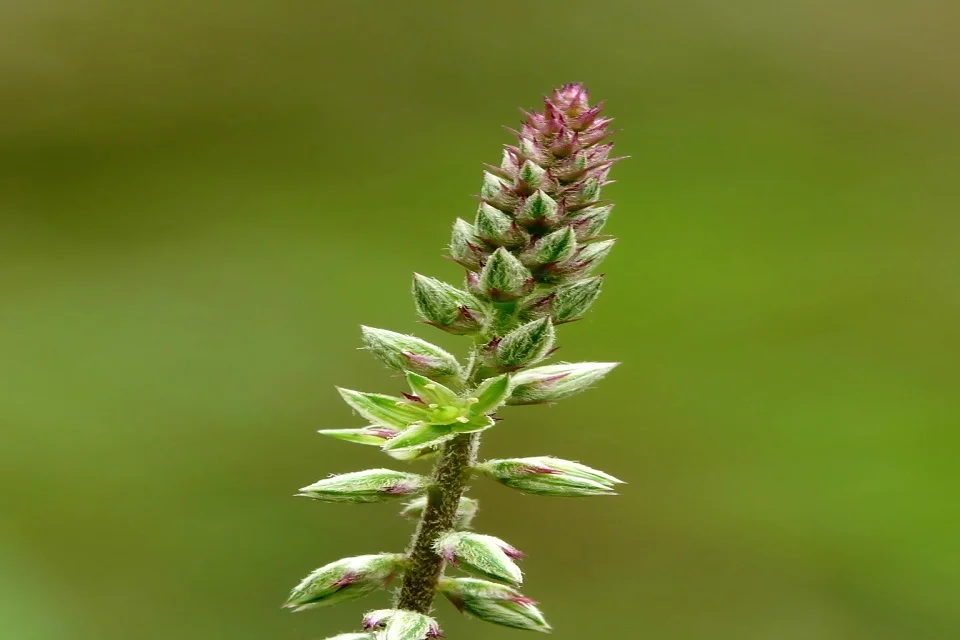
What are the side effects of Apamarga?
- Overdose could induce vomiting and nausea.
- Side effects are of taking the drug in high doses, under the guidance of qualified vaidya, or in appropriate doses it is safe to consume.
List of formulations of Apamarga given in Ayurvedic texts
- Apamarga kshara
Apamarga Kshara is made from Panchang (whole plant) of Apamarga. It is used in the treatment of warts, external growths, wounds, and ulcers. Also, Apamarga ksharsutra is prepared for the treatment of Bhagandar, Nadiroga, and Arsha. Apamarga kshara oil is also prepared. - Abhaya lavan
- Gudapippali
- Apamarg khshar taila
- Shikhari ghrita
Research of Apamarga and Apamarg benefits
- Apamarg Kshar
- The diuretic activity of Kshar was found to be due to its high potassium content. (Bhide et al. 1958)
- Clinically, administration of the decoction of the whole plan to patients of leprosy has been reported to show encouraging results in lepra reaction as well as the quiescent stage of lepromatous leprosy (Ojha et al., 1966 & Ogha & Singh, 1968)
- The alcoholic extract of the whole plant showed hypoglycemic activity in albino rats (Dhar et al., 1968).
- The chloroform-soluble basic fraction (from the plant) raised the BP of an anesthetized dog, caused initial transitory stimulation of respiration, and increased the amplitude of contractions of isolated guinea pigs hearts. It also showed spasmolytic action against various spasmogens in the intestine and uterine muscles of guinea pigs and a slight diuretic action in rats (Kapoor & Singh, 1967).
- Achyranthine, produced hypotension, depression of the heart, dilatation of the blood vessels, and an increase in the rate and amplitude of respiration in anesthetized dogs. It also showed a spasmogenic effect on the frog’s rectus muscle and diuretic as well as purgative action in albino rats (Neogi et al., 1970).
- The alkaloidal fraction of the alcoholic extract of root bark inhibited the contractile response of isolated rat uterus suspended in oxygenated modified Ringer solution at 30° to 0.01 and 0.015 units of oxytocin (Gupta & Khanijo, 1970).
- The aqueous and alcoholic extracts of roots caused a sharp and transient fall in BP without any significant action on the respiration of anesthetized dogs. On the frog’s heart, it had negative inotropic and chronotropic effects (Gambhir et al., 1965).
- The saponin mixture isolated from seeds showed a significant increase in the force of contraction of the isolated heart of the frog, guinea pig, and rabbit (Gupta et al., 1972a).
- The diuretic effect of saponin mixture was associated with an increase in the excretion of Na & K in urine as found with acetazolamide (Gupta et al., 1972b).
- Shoot essential oil showed antifungal activity against aspergillus carneus (Phytochem. 1992, 31, 1811)
Conclusion
In conclusion, Apamarg in Ayurveda offers potential benefits such as anti-inflammatory and antimicrobial effects. However, caution is warranted due to possible side effects. It is crucial to adhere to recommended doses, consult Ayurvedic practitioners, and consider individual health conditions. Balanced decision-making, guided by open communication with healthcare providers, ensures a holistic approach, recognizing both the advantages and risks associated with Apamarg use in Ayurvedic practices.
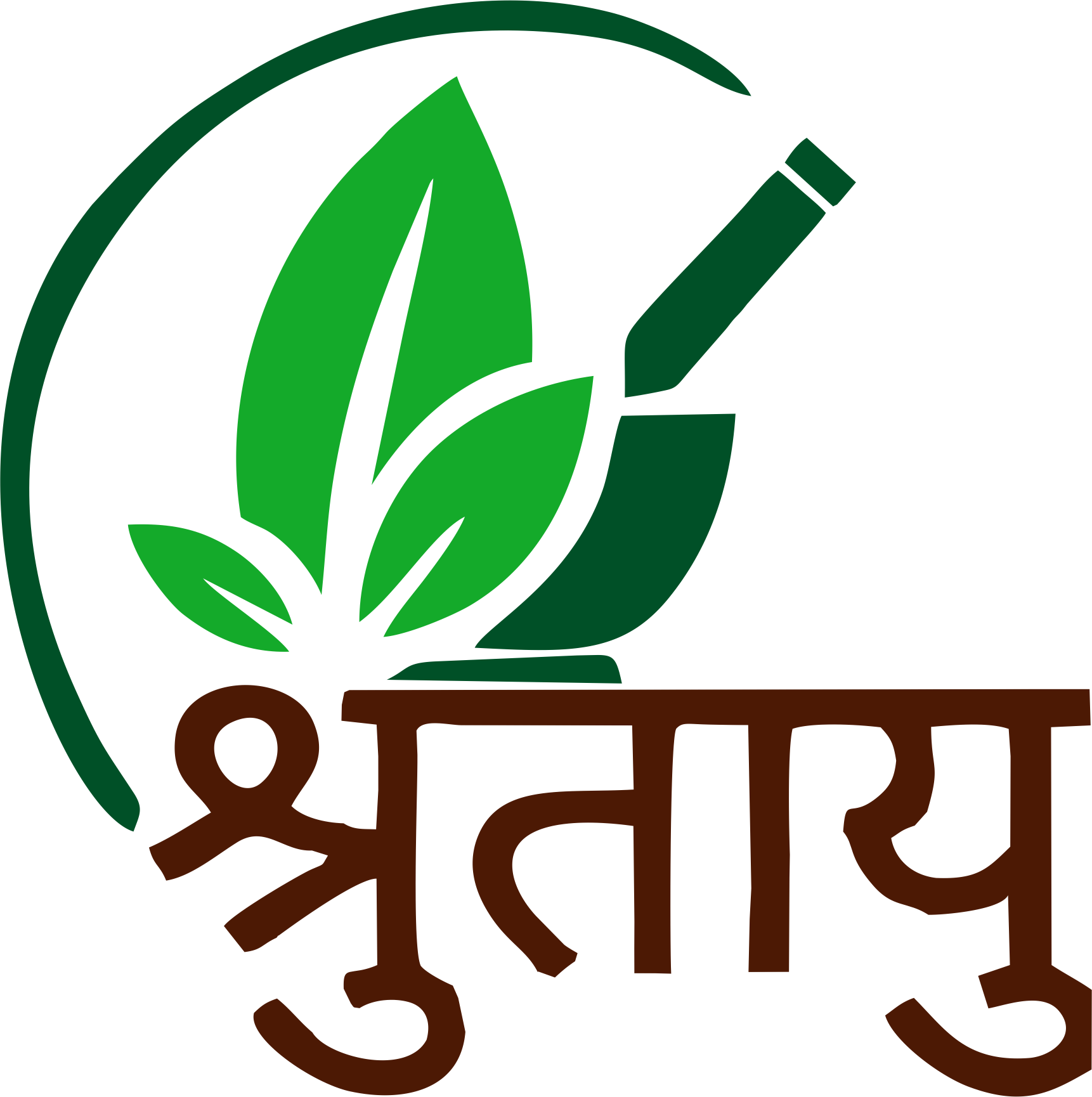
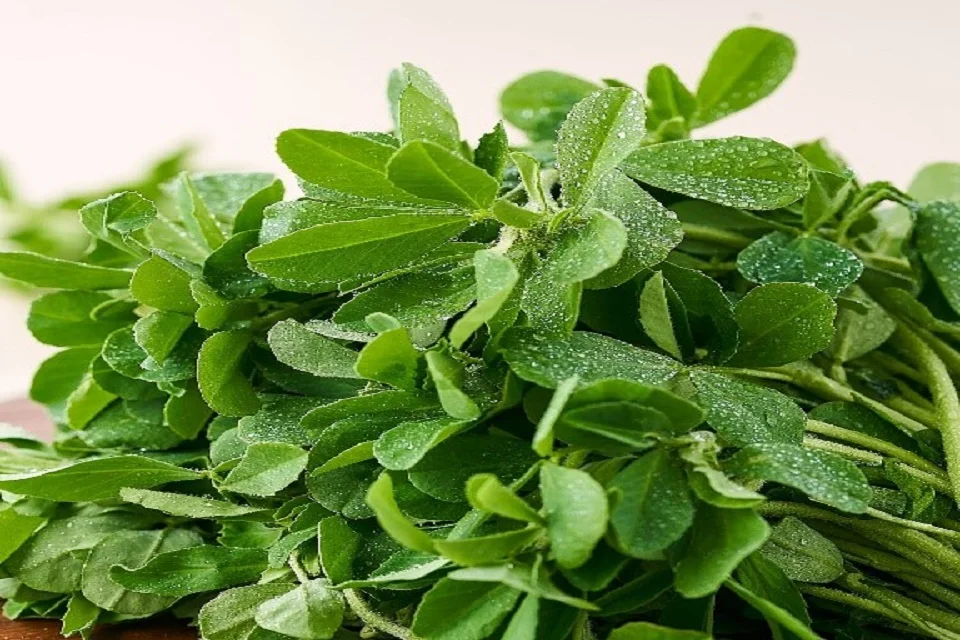


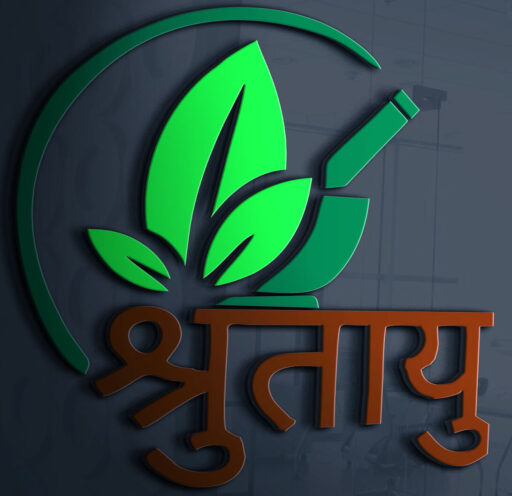

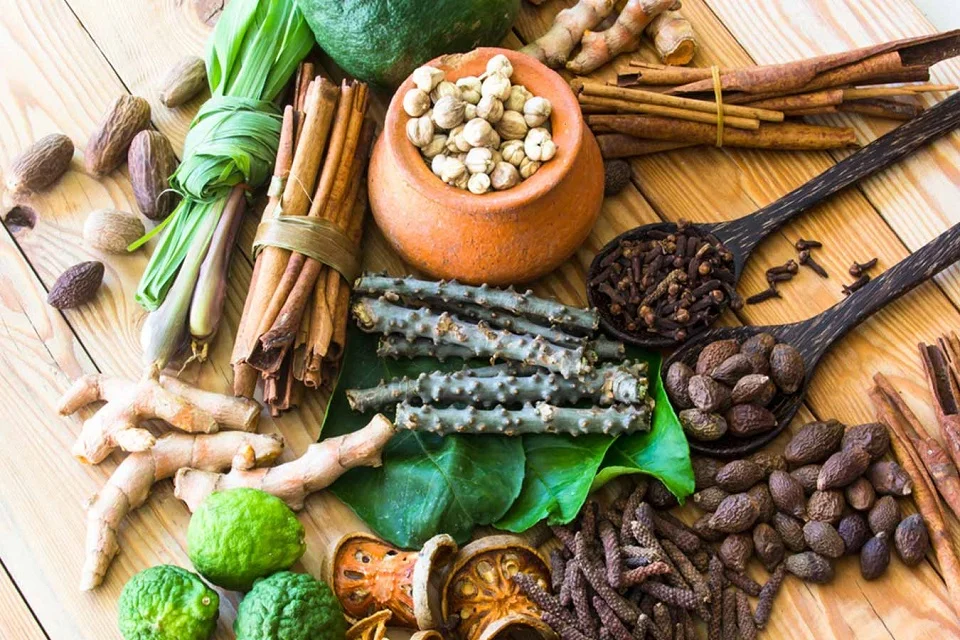

Got Something To Say